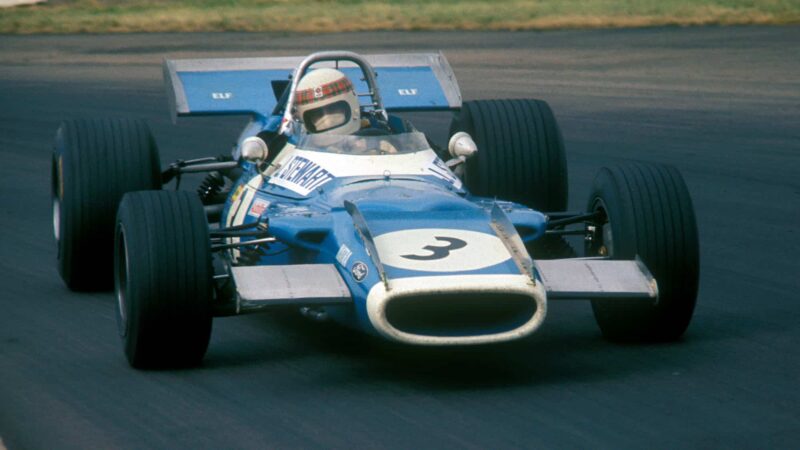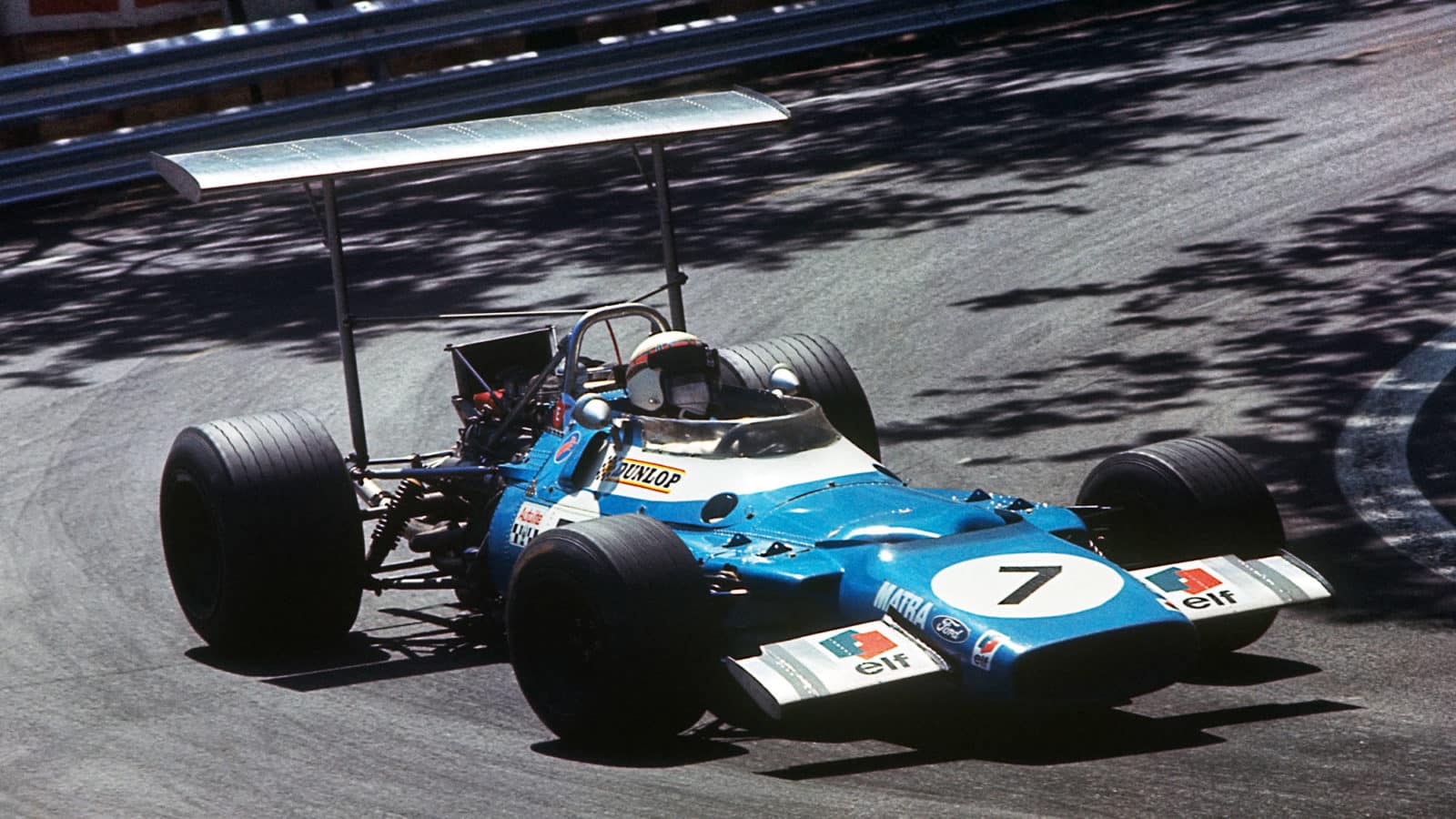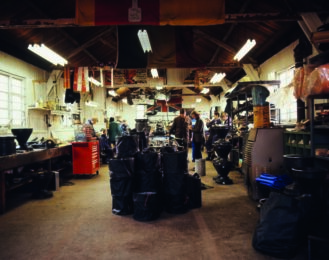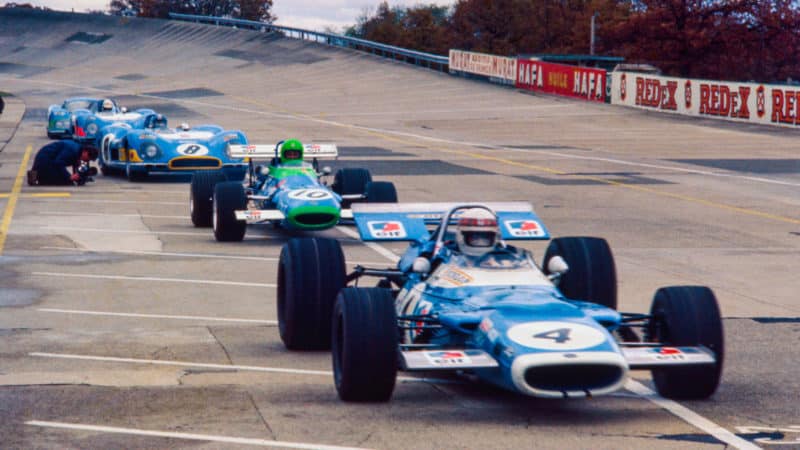No sooner had it won both the drivers’ and constructors’ titles in 1969 than its decline began. For the 1970 season Jackie Stewart and Tyrrell switched allegiance to another newcomer, March; the V12 arrived but under-performed, and Matra divided its forces by setting its sights on Le Mans as well, which it duly won in 1972, ’73 and ’74. By that time the F1 operation, having gone backwards since 1969, had ceased to exist.
The designer of the victorious MS80 was Bernard Boyer. He’d begun by racing motorcycles, then cars, and was a French junior champion in 1961. But seeing faster drivers around him he switched, without any formal engineering training, first to building and later designing racing cars. In 1963 he joined Alpine, where he participated in both the Formula 3 (“we copied the design from Brabham”) and Le Mans projects. He joined Matra in 1966 when a friend told him that the company – which had only run its first F3 car in ’65 – intended to competing in F1 from ’67, which it did, fitfully, with the MS7 F2 car. This paved the way for the promising MS10 of the 1968 season, from which Boyer developed the all-conquering MS80 for ’69.
Through an interpreter, I spoke to him about the genesis of the MS80, its key features – and what went wrong at Matra as soon as it had tasted F1 success.
Fixing the Matra MS10

Stewart en route to victory at 1969 British GP
Grand Prix Photo
“The main problem with the MS10 was with the spherical bearings in the suspension. Their lubrication was not consistent throughout the race. Their friction would increase, affecting the car’s handling. So we equipped the MS80 with self-lubricating spherical bearings. That was the most important change we made.



